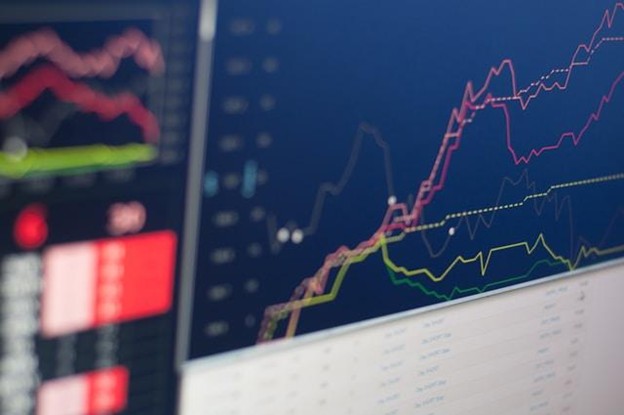Tuesday, July 29, 2025, was anything but boring on Wall Street.
The S&P 500 and Nasdaq flirted with fresh highs early in the day, only to reverse course and close in the red. The Russell 2000 and Dow led the decline, falling 0.6% and 0.5%, respectively.
But why the pullback? Blame it on earnings fatigue and investor caution ahead of Wednesday’s much-anticipated Federal Reserve policy announcement.
In other words: everyone’s holding their breath for Powell.
But there’s a twist in this market story, retail traders are stealing the spotlight from the usual institutional heavyweights.
Forget the old narrative that retail investors show up late to the rally. According to new data from Goldman Sachs, retail participation in S&P 500 flow hit 12.63% last week, the highest since February. That’s a big deal, retail investors rarely go beyond 13%.
Barclays analysts went a step further: they called retail traders the primary force behind the current stock rally. In the last month alone, everyday investors have poured over $50 billion into global equities.
And it’s not just FOMO. Morgan Stanley’s latest survey found 62% of retail investors are bullish on U.S. equities, while 66% believe the market will climb further by quarter’s end, the highest optimism levels since the survey began 2.5 years ago.
So, are we witnessing the rise of the “smart” retail investor?
While growing retail involvement seems like a healthy sign of market democratization, it also brings risk.
According to FINRA, margin debt in U.S. equities just crossed $1 trillion for the first time ever. That includes both institutional and retail investors, but JPMorgan analysts believe retail is behind the bulk of the recent jump.
High margin levels aren’t necessarily bad, especially in bull markets, but they can signal froth. Remember 2021’s meme stock frenzy? Some of that energy is back. Heavily shorted names like Krispy Kreme, GoPro, and Kohl’s are gaining traction, fueled by speculative options trading.
In fact, Bank of America reports that “zero-day to expiry” options, which are often favored by retail, now account for over 60% of S&P 500 options volume.
If a correction hits, retail traders could feel the most pain.
As equities took a breather, the U.S. dollar climbed to a 5-week high, rising 0.3% on the day. The euro dropped for a second straight session, down 1.5% in two days.
The dollar is gaining ground because of these two reasons: The recent U.S.-EU trade agreement helped boost sentiment. And with the IMF raising its 2025 global growth forecast and hinting that worst-case tariff scenarios are easing, the greenback is shedding its risk premium.
But the thing is a strong dollar isn’t what the Trump administration wants. If the dollar continues climbing, expect renewed pressure on the Fed to cut rates.



